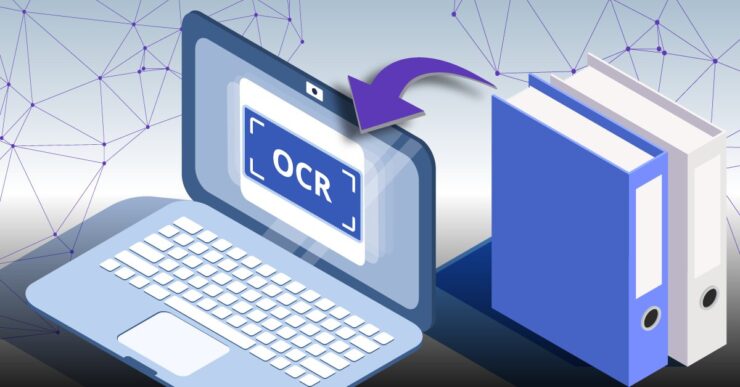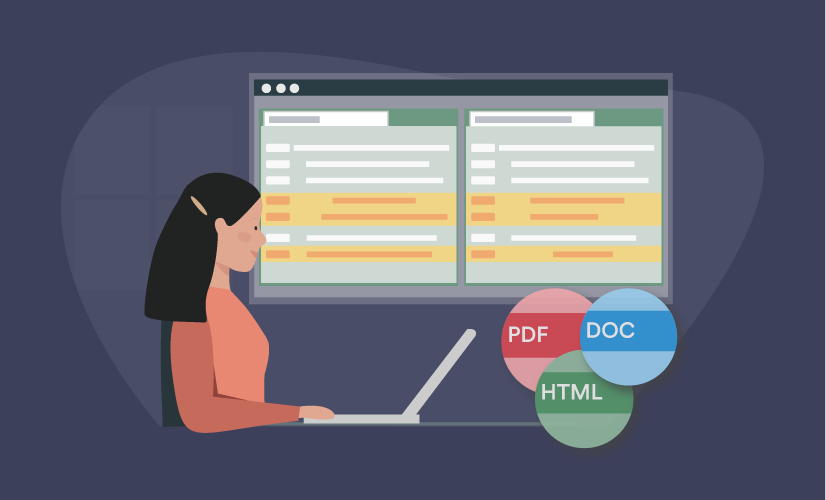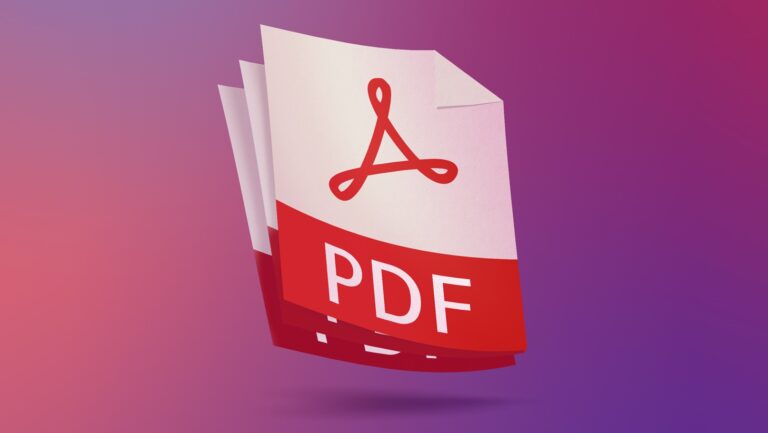In the past, editing a Portable Document Format (PDF) was often a laborious and challenging task. Traditional PDF editors offered limited functions, typically constrained to simple text editing or highlighting. However, recent technological advancements have expanded the scope of functionalities within PDF editors. The tools we now have at our disposal are far more sophisticated and dynamic, allowing users to do more than just modify text.
Advanced OCR Technology

One significant development is the integration of Optical Character Recognition (OCR) technology. OCR has revolutionized how we interact with PDFs, bridging the gap between hardcopy text and digital editing. OCR works by scanning the document and converting printed characters into digital text. This feature enables the editor to search, edit, and manipulate text within a scanned document or a document with an image-based format. Through OCR, you can even convert complex documents, including those with tables and columns, into an editable format while retaining the original layout.
Rich Media Integration
The versatility of modern PDF editors extends beyond text and static images. They can also handle a variety of media types, creating interactive documents for a dynamic reading experience. It’s now possible to embed video and audio files directly into your PDF documents. You can also add hyperlinks, creating a smooth, interactive, and engaging user experience. This feature is particularly beneficial for creating presentations, educational materials, or marketing resources. Embedding multimedia elements directly into the PDF ensures your audience has everything they need in one place, improving both the delivery and reception of your content.
Annotation and Collaboration Tools

The ability to collaborate on PDF files has also evolved. Real-time collaboration and commenting capabilities allow multiple users to work on the same document simultaneously. This feature streamlines team projects, reducing the need for endless email threads and version confusion. You can now add notes, highlight text, or draw directly on the document. More advanced editors even offer features like stamping and shape insertion. Reviewers can also use ‘track changes’ to suggest edits, while the original author can easily accept or reject these modifications. These annotation and collaboration tools promote efficient teamwork, saving time and enhancing productivity.
Digital Signatures and Security Measures
In today’s digital era, the necessity for online security is paramount. Modern PDF editors cater to this need by incorporating advanced security measures. A significant feature is the ability to add and validate digital signatures. This feature ensures the authenticity of the document, proving it has not been tampered with since the signature was applied. Additionally, PDF editors now offer password protection and encryption. You can restrict access to your documents, allowing only authorized individuals to view or edit the content. This functionality protects sensitive information and gives users peace of mind when sharing files online.
Conversion and Compression Capabilities

PDF editors are no longer just about editing – they have become multi-functional tools. Conversion capabilities have become a standard feature. With just a few clicks, you can convert your PDFs into various file formats such as Word, Excel, PowerPoint, and more, and vice versa. This flexibility makes information transfer between different platforms seamless and effortless. Moreover, the ability to compress PDF files without significant quality loss is another invaluable feature. Large documents can often be challenging to share or upload due to file size restrictions on various platforms. Compression capabilities address this issue, making file sharing more manageable and convenient.
Intelligent Form Recognition
A relatively recent addition to PDF editor features is intelligent form recognition. This innovative tool takes interactivity a step further, especially when dealing with forms or applications in PDF format. Intelligent form recognition technology automatically identifies form fields in a document, such as text fields, checkboxes, and radio buttons. This feature makes it possible to fill out forms directly within the PDF, saving time on printing, manually completing, and scanning the document back into a digital format. Not only does this promote efficiency, but it also supports environmental sustainability by reducing unnecessary paper use. This smart recognition tool is indicative of the future of PDF editing – continuously pushing boundaries to enhance usability and user experience.
Document Comparison Tools

Yet another advanced feature gaining traction in modern PDF editors is document comparison. As the name suggests, this tool allows users to compare two documents side-by-side to spot differences efficiently. It’s particularly useful in professional environments where different document versions are frequently reviewed. The comparison tool highlights text and formatting differences, ensuring that changes, additions, or deletions don’t go unnoticed. This functionality brings transparency and precision to the editing process, minimizing errors, and ensuring consistency. The introduction of document comparison tools underlines the commitment of modern PDF editors to provide comprehensive solutions that address a wide range of user needs.
Batch Processing Feature
Batch processing is a game-changing feature that modern PDF editors offer, providing a substantial boost to productivity. With this feature, users can apply specific actions like conversion, compression, watermarking, or even OCR to multiple documents simultaneously, eliminating the need to perform repetitive tasks on each file individually. This mass-processing capability is especially beneficial when dealing with large quantities of documents, saving users considerable time and effort. The feature showcases the increasingly automated nature of PDF editing tools, reflecting the broader trend of harnessing the power of automation in everyday digital tasks. As we continue to strive for enhanced efficiency in our digital interactions, the value of such smart features cannot be underestimated.
Conclusion
The evolution of PDF editors has indeed transformed how we work with digital documents. From advanced OCR technology to multimedia integration, collaboration tools, security measures, and versatile conversion options, these innovative features extend far beyond basic text editing. For those seeking a comprehensive solution to their PDF editing needs, Foxit PDF Editor emerges as a highly competent choice. Equipped with an array of innovative features discussed above, Foxit provides a seamless user experience. Its integration of OCR technology, rich media, collaborative tools, and high-grade security measures make it a formidable tool for both casual and professional users. Find out more at https://www.foxit.com/pdf-editor/. By providing a suite of comprehensive tools and capabilities, modern PDF editors empower users to handle PDFs with unprecedented ease and efficiency. Whether you’re a student, an educator, a professional, or even a casual user, these advancements contribute significantly to the way we consume and produce digital content in the modern age. As technology continues to evolve, we can look forward to even more capabilities and features to enhance our interaction with PDF documents.







